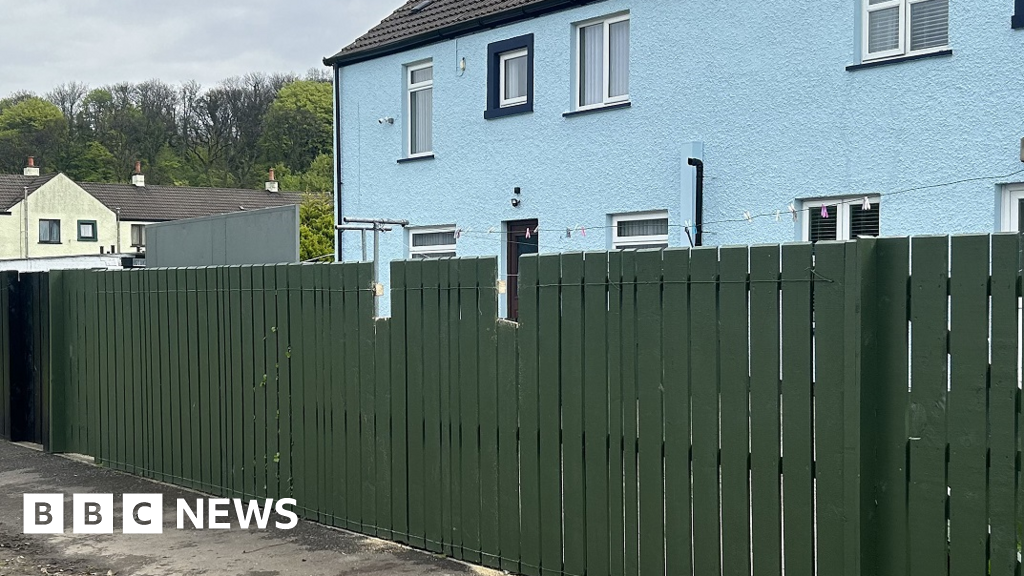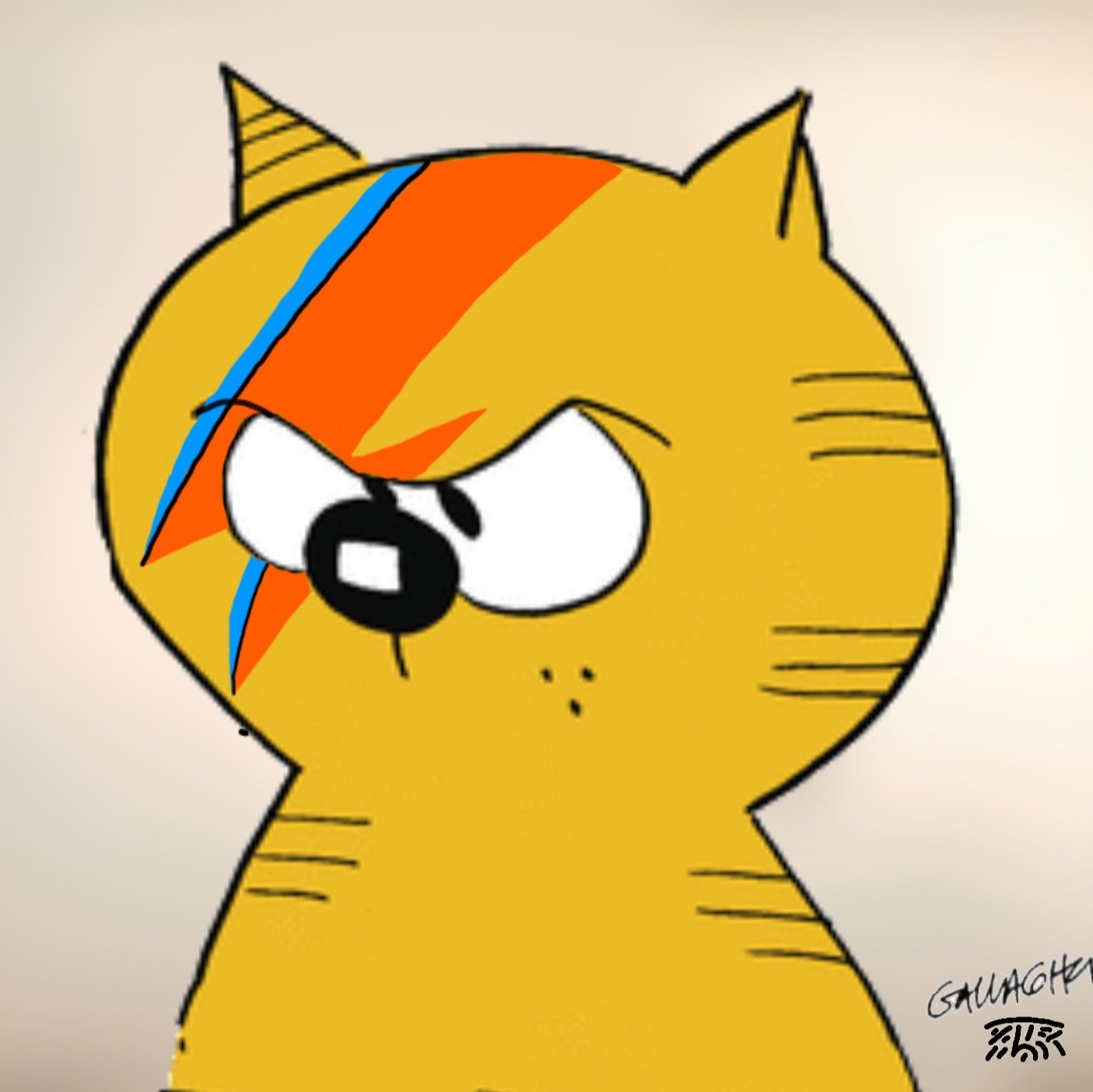The man in his 20s was found nailed to a fence, with a nail through each hand, shortly after midnight.
Two vans, one belonging to the injured man, were found on fire in the car park near Dundarave Park.
Police said paramilitary involvement was one key line of inquiry.
Graffiti on nearby public toilets has been linked to the assault and arson.
The Police Service of Northern Ireland (PSNI) said the man was left with potentially life-changing but not life-threatening injuries.
Police said it was a “sinister attack.”
The article doesn’t explicitly state it but it’s obvious from that fence and the nails through the hands that this was a literal crucifixion. Which sounds like something that should be said out loud instead of dodged.
The last time something like that happened in the United States, we passed federal hate crime legislation for the first time. His name was Matthew Shepard.
How horrific.
When America takes action after one incident you know it’s brutal.
Well, technically, the law is named after two victims of two incidents that took place that year (1998), one of an anti-LGBTQ hate-crime, and one of a racist hate-crime. The Matthew Shepard and James Byrd Jr. Hate Crimes Prevention Act, sadly, took eleven years to pass, finally signed by President Obama in 2009 as one of his first pieces of legislation.
Was this guy crucified?
The Police Service of Northern Ireland (PSNI) said the man was left with potentially life-changing but not life-threatening injuries.
I wouldn’t recommend punching holes through your hands, would be worried about nerve damage and suchlike given the density of nerves there, but I would point out that there are some especially devout Catholics in the Phillippines who intentionally crucify themselves on Good Friday, so it’s definitely survivable.
https://en.wikipedia.org/wiki/Crucifixion_in_the_Philippines
Ruben Enaje has been crucified 35 times as of 2024.[1]
There’s certainly more to it mentally when done as a choice vs as inflicted torture. Also about the care regarding where the spikes are placed.
The ritualistic crucifixion in the Philippines is nothing like the real deal. While painful, grievous and fatal injuries are avoided in the ritual. The nail and the corresponding body part are not loaded. This is tolerable as long as the volunteer is not tired.
The real one was designed to cause a prolonged, but assured death. The Jewish-Roman historian Josephus talks about 3 of his acquaintances who were crucified. On learning this, the Roman emperor had them released and treated. Yet, two of them didn’t make it, while the third was just lucky.
The real crucifixion was designed to cause a range of prolonged and fatal injuries. That included asphyxiation, plural effusion and collapsed lungs, shock, embolism, heart failure, hypothermia, and/or infection. Besides these, there are other agonizing effects like neuralgia, nerve palsy, cyclical loading of wounds (where the nails are driven), hypercapnia (panic inducing increase in blood CO2 levels), joint dislocation, painful cramps, fracture (when crurifragium is applied) and discomfort caused by rubbing their scourged back against the rough wood.
Stories of people surviving crucifixion even when taken down are pretty rare. Even modern instances of crucifixion are pretty brutal when it’s not part of a ritual.
Physically, sure. But psychologically? There’s the issue that people in your community would do this to you.
If it’s a race-based attack, then the kind of contingent which carries it out is obvious. But I think it’s telling that people like that are only capable of punching down, know they can’t lift a finger against their actual jailers and enslavers—the ruling class.
This was almost certainly a “punishment” carried out by loyalist paramilitaries against someone they didn’t like, possibly for being a tout. I haven’t been back for a few years, but Bushmills is kind of a sad place. Aside from the distillery it’s mostly boarded up shopfronts painted to look like they’re still occupied.
Those still happen? I honestly believed these things were firmly in the past.







